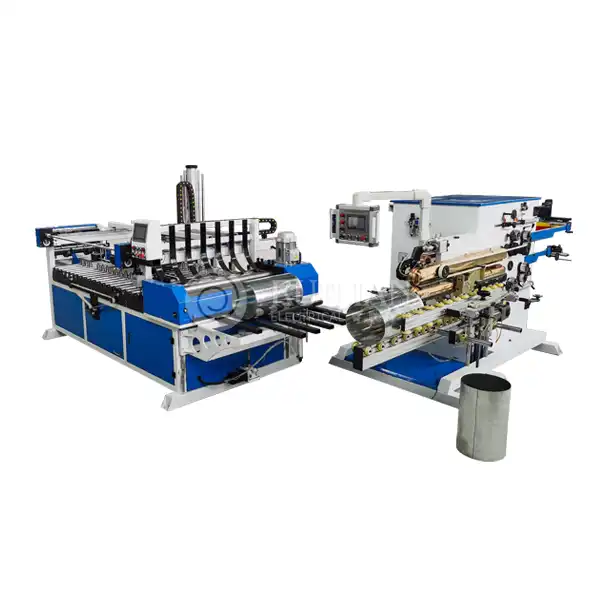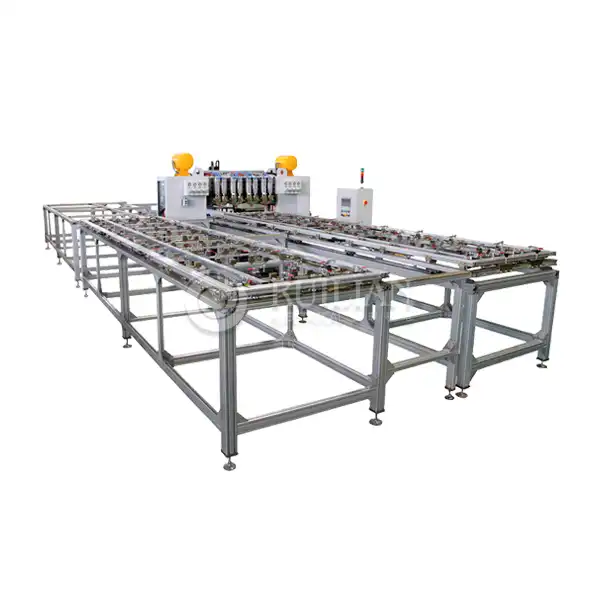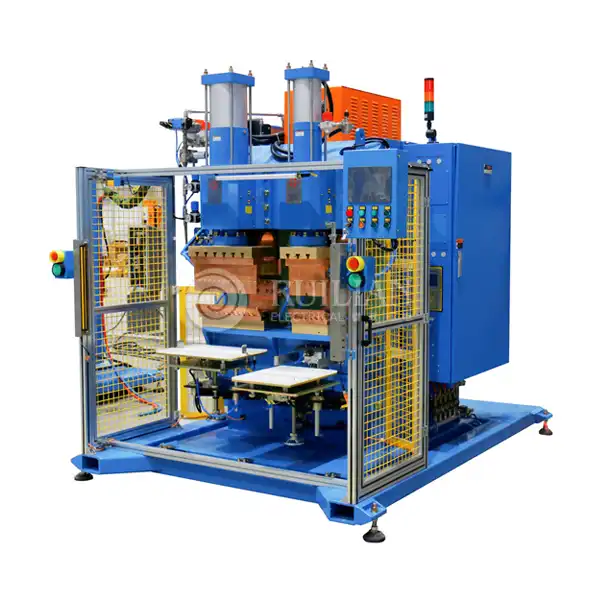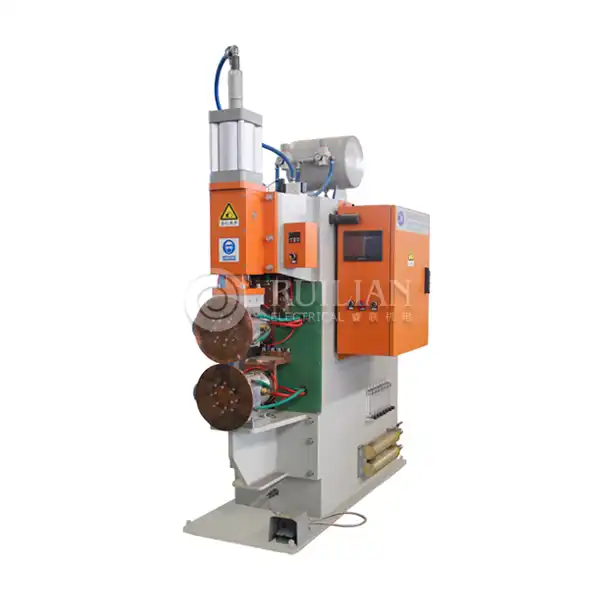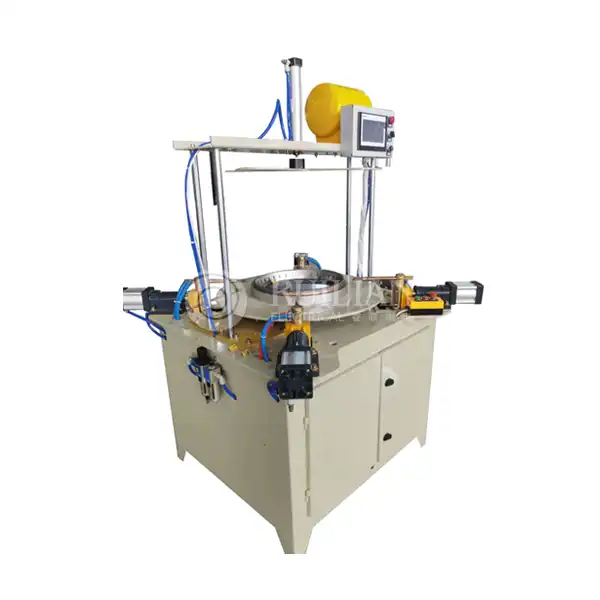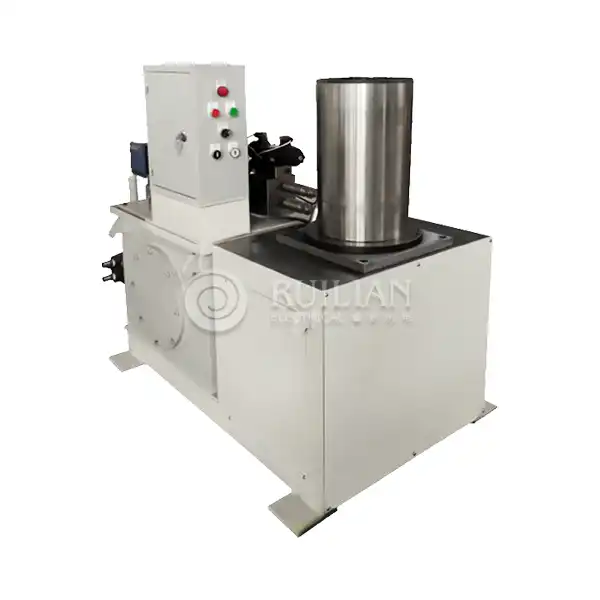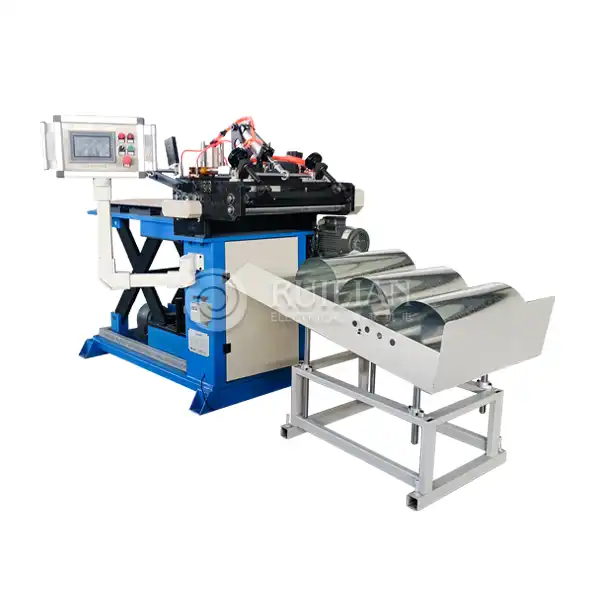Main quality problems of resistance welding joints of steel drum welds
Different use conditions of weldments require different quality indicators of welded joints. Usually, welded joints are divided into three grades at home and abroad (HB 5282-1984; MIL-W-6858D).
Note: ①HB 5282-1984 is the standard of the Ministry of Aviation Industry of China; ②MIL-W-6858D is the US military specification.
Depending on the grade of the welding joint, the inspection items and requirements are different and are specified by the professional technical conditions.
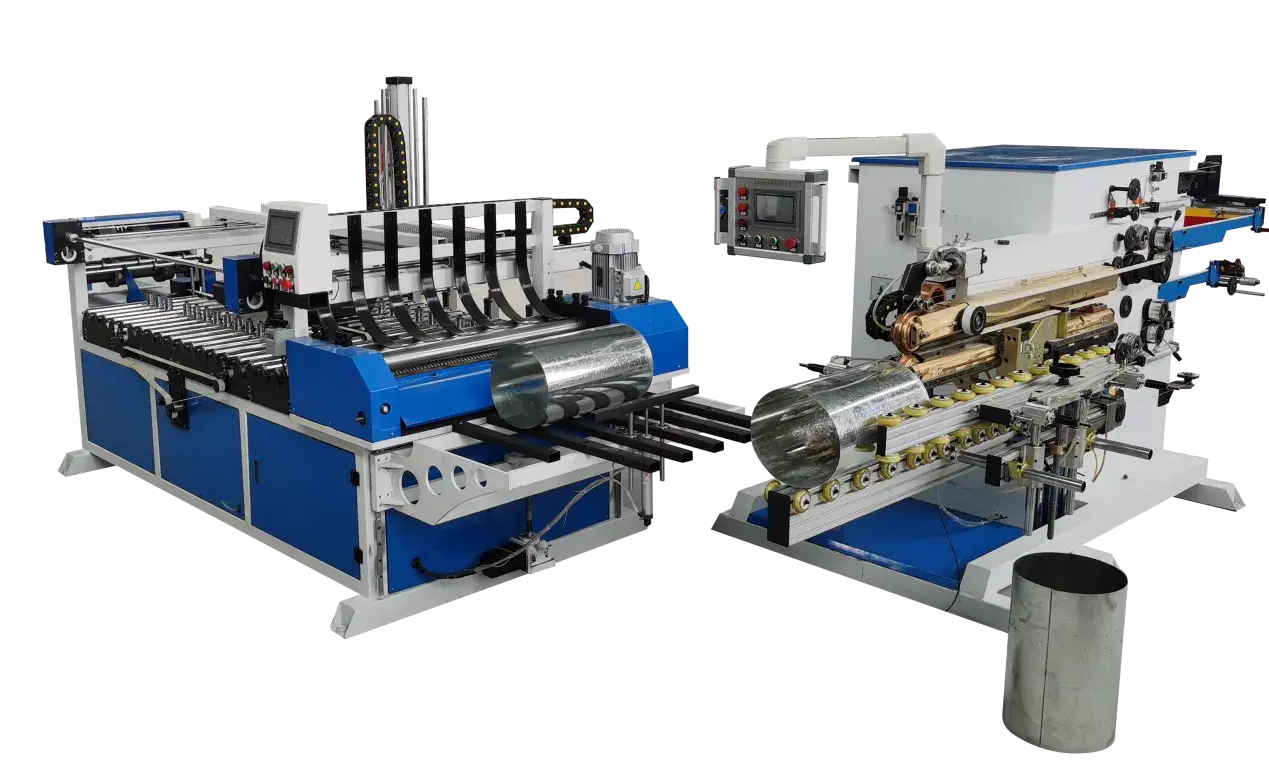
1. Main quality issues of spot and seam welded joints
The quality requirements of spot welded joints are first reflected in the fact that the joints should have a certain strength, which mainly depends on the size of the nugget (diameter and penetration), the metal microstructure and defects of the nugget and the surrounding heat-affected zone. The strength of spot welded joints of most metal materials is only related to the size of the nugget; only materials that are sensitive to thermal cycles, such as hardenable steel, when the spot welding process is not appropriate, the joints are strongly hardened, resulting in a sharp decrease in strength and plasticity. In this case, even if the nugget size is large enough, it cannot be used.
The quality requirements of seam welded joints are first reflected in the good sealing of the joints, while the strength of the joints is easy to meet. The sealing is mainly related to the existence of certain defects in the seam weld (local burn-through, cracks, etc.) and their further expansion under external influences (external force, corrosive media, etc.).
When spot and seam welding, welding structural defects may occur due to poor preparation of the blank (such as incorrect folding edges, fillet radius not meeting requirements, etc.), poor assembly of assemblies, and poor rigidity of the welding machine electrode arm. Such defects may also cause quality problems and even result in scrap.
2. Quality issues of butt welded joints
The quality requirements of butt welded joints are reflected in the fact that the joints should have certain strength and plasticity, and more attention should be paid to the latter. Usually, due to the characteristics of the process itself, the quality of resistance butt welded joints is poor and cannot be used for important structures. However, flash butt welding, under appropriate process conditions, can obtain high-quality joints with almost the same performance as the parent material.
Many data show that the weak link of butt welds is usually the weld, and damage is often caused by defects in the weld. The most representative and dangerous defect is incomplete penetration, which will sharply reduce the plasticity of the joint. In addition, the structural defects of butt welds include hardening (appearance of martensite M), softening (decarburization causes a large increase in ferrite F), strong bending of crystal grains (fiber streamlines) and "cross flow".


